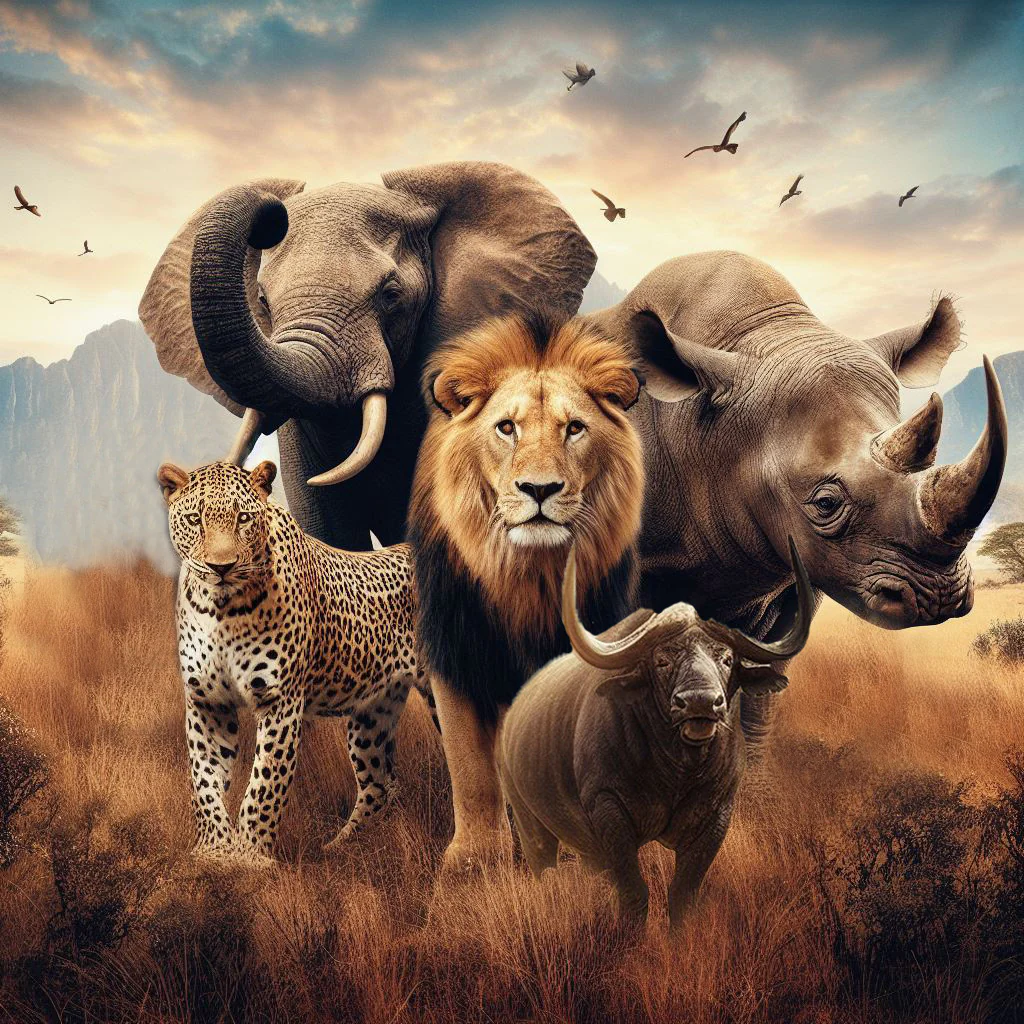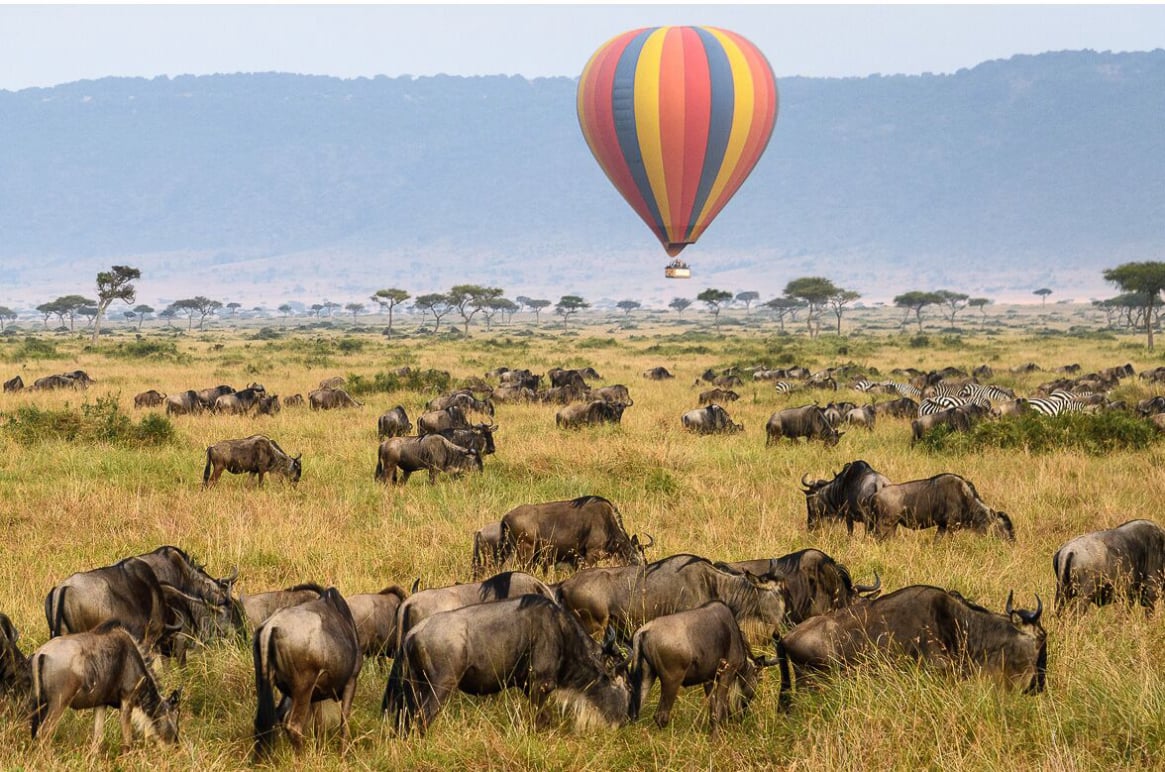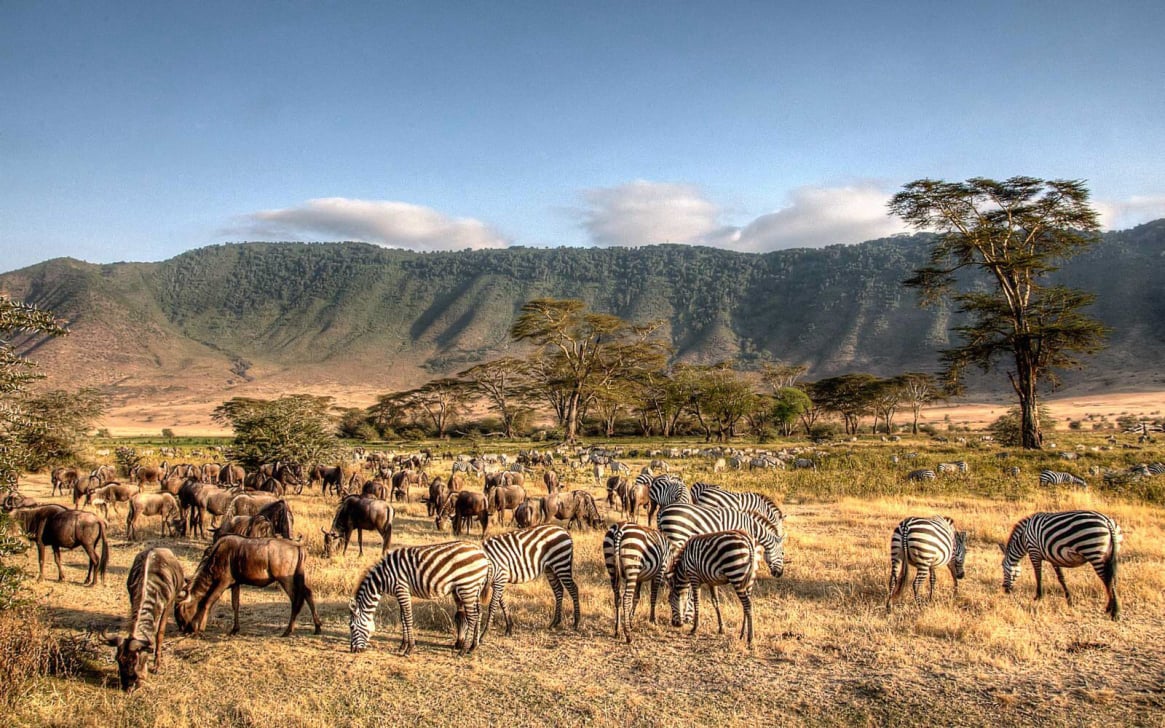
Tanzania is a land that captures the soul of Africa with its sweeping savannahs, towering volcanoes, dense forests, and sparkling lakes. It’s no wonder that millions of travelers from all over the world flock here to immerse themselves in authentic safari adventures and breathtaking wildlife encounters.
At the heart of Tanzania’s tourism appeal lies its incredible biodiversity centered around some of the world’s most famous national parks and reserves. The country offers an unrivaled blend of expansive wilderness, abundant big game, and stunning landscapes—from the vast plains of the Serengeti to the dramatic caldera of Ngorongoro.
One of the most iconic natural phenomena on Earth occurs here: the Great Migration. Every year, over a million wildebeest, along with hundreds of thousands of zebras and gazelles, traverse the endless grasslands in search of greener pastures. Witnessing this awe-inspiring spectacle—the thunder of hooves, life-and-death river crossings, and the dance of predator and prey—is a powerful reminder of nature’s rhythms and raw beauty.

